The Writer, Not the Song
Written by Alex Bledsoe
One of the real challenges in Wisp of a Thing, my second Tufa novel, was writing original song lyrics when I am, in fact, no sort of musician. As the joke goes, if rock and roll is three chords and the truth, then I know two chords and some gossip. But I’ve listened to, thought about, and hung around music and musicians all my life, so I’ve absorbed as much as a non-player probably can.
To me, songwriting is one of the great creative mysteries. I really don’t understand how it’s done, especially when it’s done so well by some people. Here’s an example I often use in writing classes: It takes three movies and nine-plus hours to tell the story of three generations of the Corleone family in the Godfather films. Steve Earle, writing about three generations of the Pettimores, does it in less than five minutes in his song, “Copperhead Road.”
The first Tufa novel, The Hum and the Shiver, was insular: it took place in the Tufa community, so the music was theirs, and almost all of it was traditional. I modified some lyrics to reflect the personalities of the characters, but for the most part it was about setting the atmosphere and establishing how important music and musical tradition were to these people. In Wisp of a Thing, though, the challenge was different. Two scenes hinge on original music created and performed by the characters, each in a different musical style. So as the writer, I had to come up with their lyrics.
Lyrics and poetry look a lot alike, but they’re really not. Both rely on meter and rhythm, but one exists on its own, and the other with music. But putting actual music in the novel simply wasn’t practical, since a) most people who read books can’t also read music, and b) I can’t read or write music, either. Some authors have managed to put together soundtracks for their books, but again, this isn’t an organic part of the reading process. So creating the feel of lyrics to actual melodies is a bit like capturing a regional accent: you have to do it by hints and careful word choice, not by blatantly recreating the sounds on paper.
My friend Tony Dagnall, an English musician (see a video of his 80s band), gave me what turned out to be the crucial hint about how to approach this. He suggested writing new lyrics to an existing tune, but never telling anyone what the tune actually was. That way, the words would have the proper rhythm, but the reader could make up his or her own melody.
Well, it worked like a charm. Or at least I guess it did, because unfortunately I always hear the music to the original songs when I read those passages. And it makes me wish I could write music as well, but I suspect that at my age, the time it would take to learn to do it, and then get good at it, is a little beyond me. Still, if the lyrics in the novel capture some of the magic that music holds for me, then I’ve done my job.
…………………………
From the Tor/Forge June 17th newsletter. Sign up to receive our newsletter via email.
…………………………
More from the June 17th Tor/Forge newsletter:
- Postultimate Postulations by Ofir Touché Gafla
- Why Read Dystopian Novels? by P. J. Hoover
- Summer Grab Bag Sweepstakes

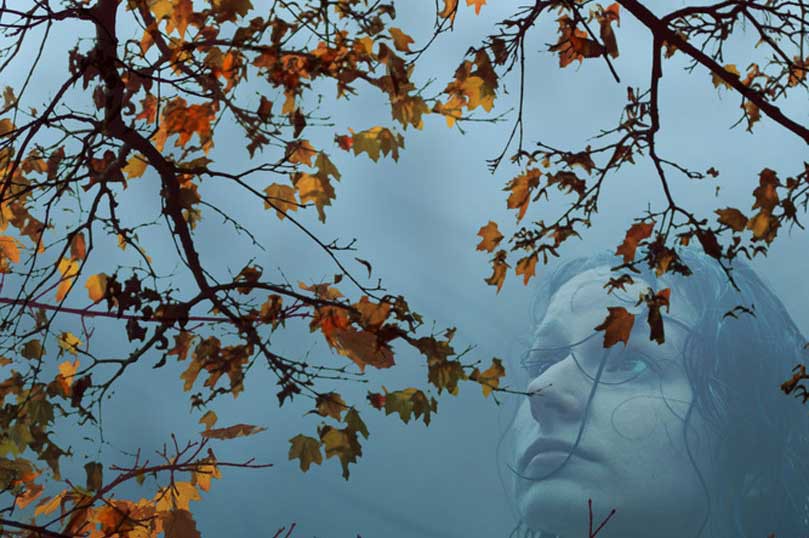

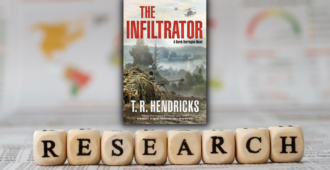
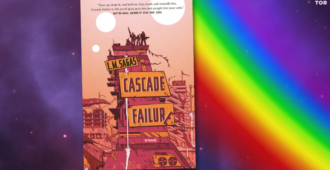
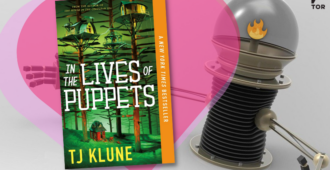
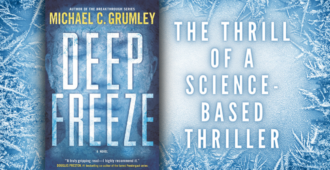

We’re all going to be playing ‘guess the original’ now, you know that? 🙂 Very interesting words, as always, and as a songwriter, I’m lookng forward to seeing what you’ve written! (As a reader, I’m just looking forward to the next wonderful story, of course!)